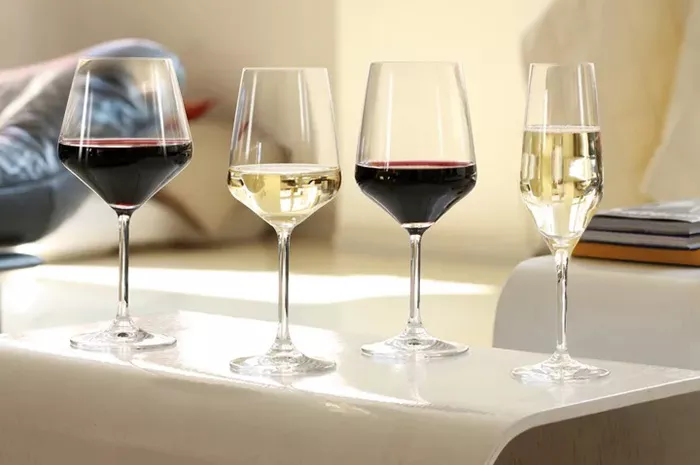The protracted tariff dispute between the United States and the European Union continues to cloud the outlook for European wine exporters, with no resolution in sight. On May 28, a three-judge panel at the International Court of Trade ruled President Trump’s proposed tariffs, based on the International Emergency Economic Powers Act, illegal—temporarily halting the imposition. However, the White House promptly appealed, leaving the matter unresolved amid ongoing negotiations in Paris.
The uncertainty surrounding these tariffs, currently proposed at 10 percent for Italian wine exporters, has prompted many vintners to expedite shipments to avoid additional costs. Bernardino Sani, CEO of Argiano in Montalcino, revealed that his winery shipped all Brunello 2020 and much of their other wines early in the year. Similarly, Gaia Gaja of the renowned Barbaresco producer Gaja confirmed shipments were front-loaded before the tariffs took effect.
While some producers report stable activity in the US market, caution prevails. Gaia Gaja noted the possibility of a tariff increase to 50 percent, stating that any such escalation would require a reassessment of their strategy, though current conditions do not warrant changes.
Reactions among Italian producers vary depending on market segment and importer relationships. Piero Mastroberardino of Campania’s Mastroberardino expressed confidence that tariffs have yet to impact their presence in the US, a growing and strategic market for premium wines. Antonio Capaldo, CEO of Feudi di San Gregorio, described ongoing discussions with US partners and a willingness to absorb costs unless tariffs reach prohibitive levels.
Producers like Aldo Vacca of Produttori del Barbaresco are sharing the burden of tariffs with importers to minimize price increases for American consumers, emphasizing the US as their primary export market with a well-established reputation for quality.
Others voiced stronger concerns. Chiara Ciavolich of Abruzzo lamented the timing of tariffs, following devastating production losses due to disease and heat. She warned that higher tariff levels would be disastrous, urging for stability in trade relations. Similarly, artisan winemaker Christoph Künzli of Alto Piemonte is adjusting production plans to mitigate tariff impacts, indicating that tariff levels above 20 percent would be catastrophic for his business.
Gian Luca Colombo from Barolo has already faced margin compression due to discounts offered to US importers amid tariff uncertainty. He is contemplating a gradual reduction in US market exposure, citing political unpredictability.
Gianluca Mirizzi of Montecappone foresees severe consequences if tariffs escalate, suggesting alternative invoicing methods as a potential remedy to maintain competitiveness.
Industry leaders emphasize that uncertainty, more than the tariff rate itself, poses the greatest threat. Giovanni Negro, president of the Roero consorzio, highlighted the strategic importance of the US market and the current cooperative approach with importers to share costs and avoid consumer price hikes.
Raffaelle Boscaini of Masi Winery framed tariffs as part of a broader set of challenges confronting the global wine sector, including geopolitical tensions, shifting consumption patterns, economic headwinds, and climate change. Masi is pursuing diversification across more than 140 countries to mitigate risks and maintain long-term value.
Others, like Chianti Classico producer Alessandro Campatelli, stress that tariff unpredictability hampers negotiations with importers, hoping for a future free-trade agreement to eliminate reciprocal duties.
Donnafugata’s Antonio Rallo is preparing for multiple scenarios, focusing on communication and market diversification, aiming to minimize price increases while protecting customer relationships. Sabrina Tedeschi of Valpolicella has strengthened US presence through an import company to better navigate uncertainties and diversify sales, especially in markets like Canada.
Amidst these challenges, Stefano Gagliardo of La Morra offers a reflective perspective, emphasizing wine’s role in fostering connection rather than division. He warns that even low tariffs reduce consumers’ disposable income, potentially shifting demand away from imports and compelling producers to seek alternative markets.
The ongoing US-EU tariff dispute remains a significant hurdle for European wine producers, intertwining legal battles, market strategies, and international diplomacy. Until clarity emerges, the sector braces for continued uncertainty and evolving trade dynamics.
You Might Be Interested In:


